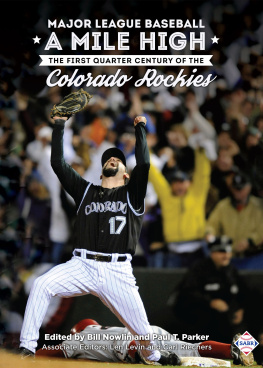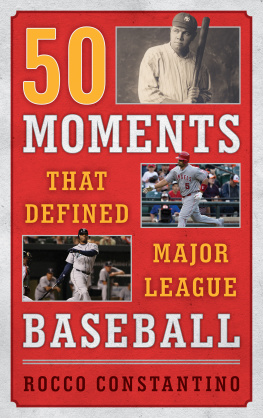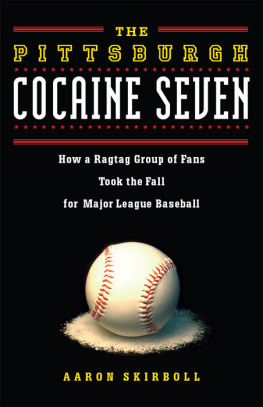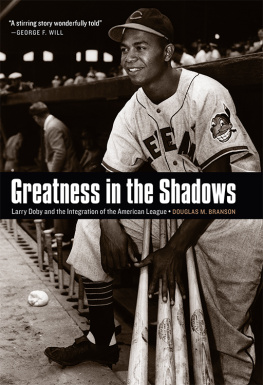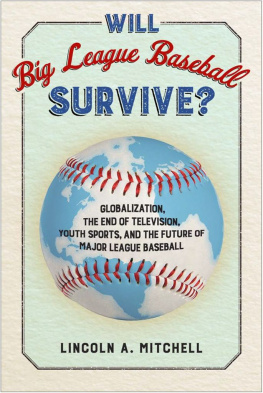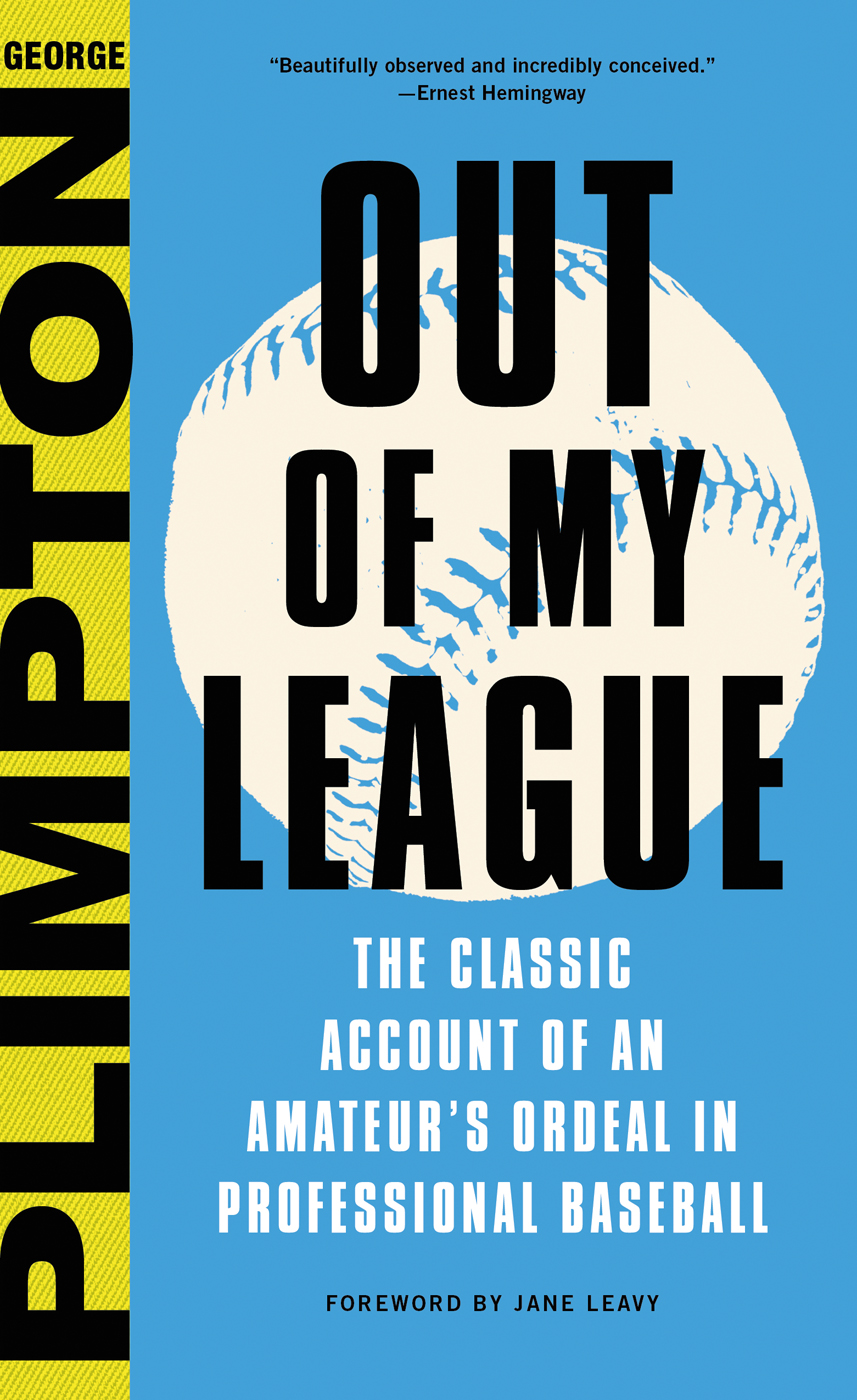Cover design by Allison J. Warner
Cover copyright 2016 by Hachette Book Group, Inc.
All rights reserved. In accordance with the U.S. Copyright Act of 1976, the scanning, uploading, and electronic sharing of any part of this book without the permission of the publisher constitute unlawful piracy and theft of the authors intellectual property. If you would like to use material from the book (other than for review purposes), prior written permission must be obtained by contacting the publisher at permissions@hbgusa.com. Thank you for your support of the authors rights.
Little, Brown and Company is a division of Hachette Book Group, Inc.
The Little, Brown name and logo are trademarks of Hachette Book Group, Inc.
The publisher is not responsible for websites (or their content) that are not owned by the publisher.
The Hachette Speakers Bureau provides a wide range of authors for speaking events. To find out more, go to hachettespeakersbureau.com or call (866) 376-6591.
The Rabbits Umbrella
Out of My League
Paper Lion
The Bogey Man
Mad Ducks and Bears
American Journey: The Times of Robert Kennedy (with Jean Stein)
One for the Record
One More July
Shadow Box
Pierres Book (with Pierre Etchebaster)
A Sports Bestiary (with Arnold Roth)
Edie: An American Biography (with Jean Stein)
Sports! (with Neil Leifer)
Fireworks: A History and Celebration
Open Net
D.V. (with Diana Vreeland and Christopher Hemphill)
The Curious Case of Sidd Finch
The X Factor
The Best of Plimpton
Truman Capote
Ernest Shackleton
Chronicles of Courage (with Jean Kennedy Smith)
The Man in the Flying Lawn Chair
EDITED BY GEORGE PLIMPTON
Writers at Work: The Paris Review Interviews, vols. 19
The American Literary Anthology, vols. 13
Poets at Work: The Paris Review Interviews
Beat Writers at Work: The Paris Review Interviews
Women Writers at Work: The Paris Review Interviews
Playwrights at Work: The Paris Review Interviews
Latin American Writers at Work: The Paris Review Interviews
The Writers Chapbook
The Paris Review Anthology
The Paris Review Book of Heartbreak, Madness, etc.
The Norton Book of Sports
As Told at the Explorers Club: More Than Fifty Gripping Tales of Adventure
Home Run
I do not think that they will sing to me.
T. S. Eliot, The Love Song of J. Alfred Prufrock
T he afternoon that George Plimpton first humiliated himself in the name of participatory journalism, I was throwing a tennis ball at the garage door of my childhood home 21.7 miles and a world away from Yankee Stadium, where I, too, longed to pitch. When he took the mound with a borrowed glove in a motley approximation of a uniform to face American and National League All-Star teams led by Willie Mays and Mickey Mantle, I was toeing an imaginary pitching rubber, trying to decide how to pitch to the Say Hey Kid.
I was seven years old, a first-grader, exuberantly exercising my imagination in which I was Ryne Duren, the Yankees myopic relief pitcher, heaving a final warm-up pitch all the way to the backstop just to put the fear of God in Willie. Plimpton was the thirty-one-year-old editor of the Paris Review with the means and the moxie to make imagination real.
Toots Shor, the bon-vivant saloonkeeper, made the necessary introductions. Sports Illustrated provided the financial backing. Armed with little more than muscle memory and chutzpah, Plimpton contrived to pitch to the major league All-Stars prior to a previously scheduled exhibition game. The winning team would split $1,000.
The stadium announcer introduced him to 20,000 witnesses in the stands as George Prufrock. As in T. S. Eliots The Love Song of J. Alfred Prufocka middle-aged man with an overwhelming question he cant bring himself to ask.
Like Prufrock, Plimpton had a question: whats it like to stand 60 feet 6 inches away from Willie Mays with a ball in your hand? Unlike Prufrock, he was determined to act, determined to get an answer to his question.
He approached his task with cheerful WASP sangfroid, given that he hadnt picked up a baseball in ten years. At least I would have brought a glove. Gazing from the dugout at the vastness of the ballpark before taking the moundfive years later Sandy Koufax would say it was like pitching in the Grand CanyonPlimpton mused: For me the future was uncertain and perhaps the best I could hope for was survival without shame.
Which is one way to describe the human condition.
Plimpton wasnt the first author to essay participatory sportswriting; he was just the best. Mark Twain was paid twenty dollars by the Sacramento Union to attempt what was called surf-bathing in 1866. Following the example of the naked locals, he paddled a wooden surfboard out to the break in Hawaiian waters and immediately wiped out. The board struck the shore in three-quarters of a second, without any cargo, and I struck the bottom about the same time, Twain reported.
Twenty-some years earlier, Charles Dickens wrote about hiking through snow and ice to the summit of Mount Vesuvius in the darkhis wife, daughter, and a rotund Italian he called Mr. Pickle of Portici schlepped aloft in litters by guides who should have known better. Up, up, up they went until it seemed they were toiling to the summit of an antediluvian Twelfth-cake, he wrote in Pictures from Italy.
Determined to look into the molten maw of the fuming mountain, Dickens crawled through the ashes to gaze into the Hell of boiling fire below. After which he and his guides came rolling down; blackened, and singed, and scorched, and hot, and giddy, each with his dress alight in half-a-dozen places.
Plimpton names Paul Gallico as his inspiration. In 1923, Gallico was a cub reporter in the sports department of the New York Daily News. Hired as a favor to his late father-in-law by publisher and film buff Joseph Patterson, he had lost his first job as movie critic for having exercised his critical faculties too liberally. Fire him, Captain Patterson said.


